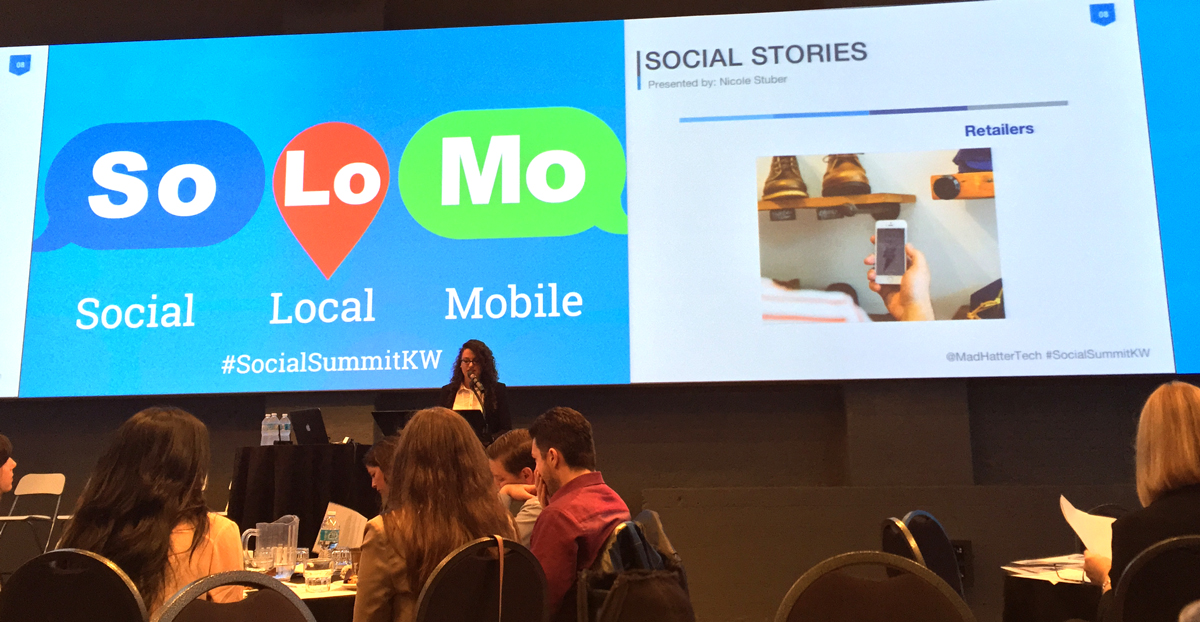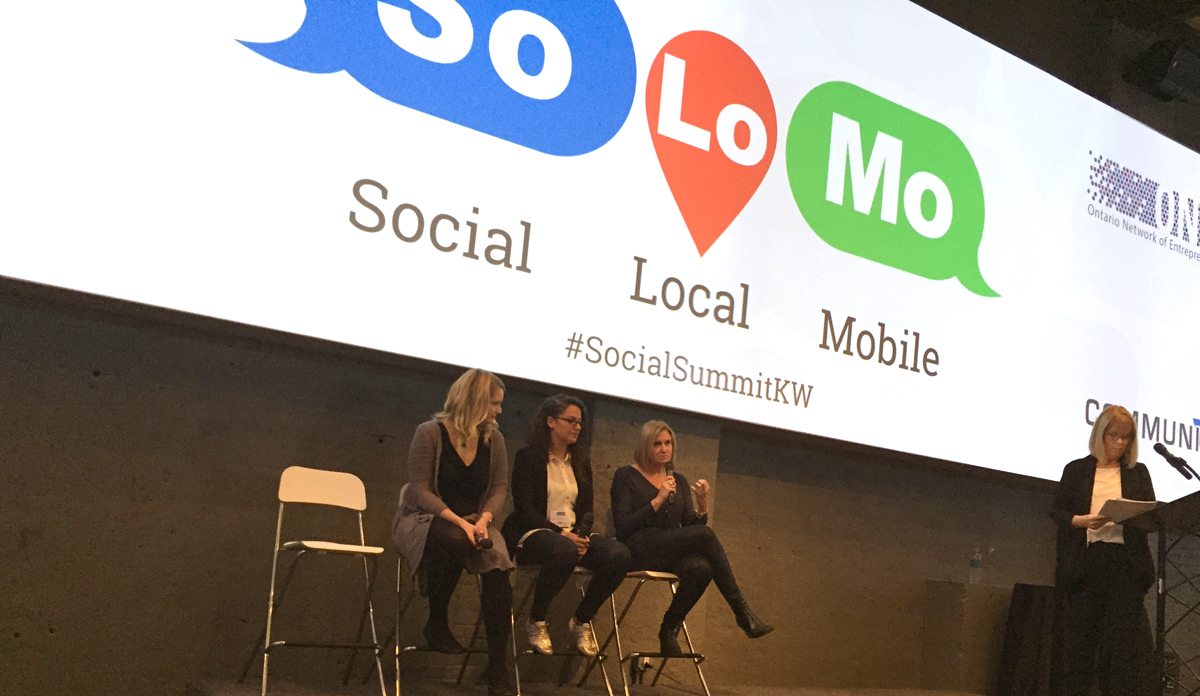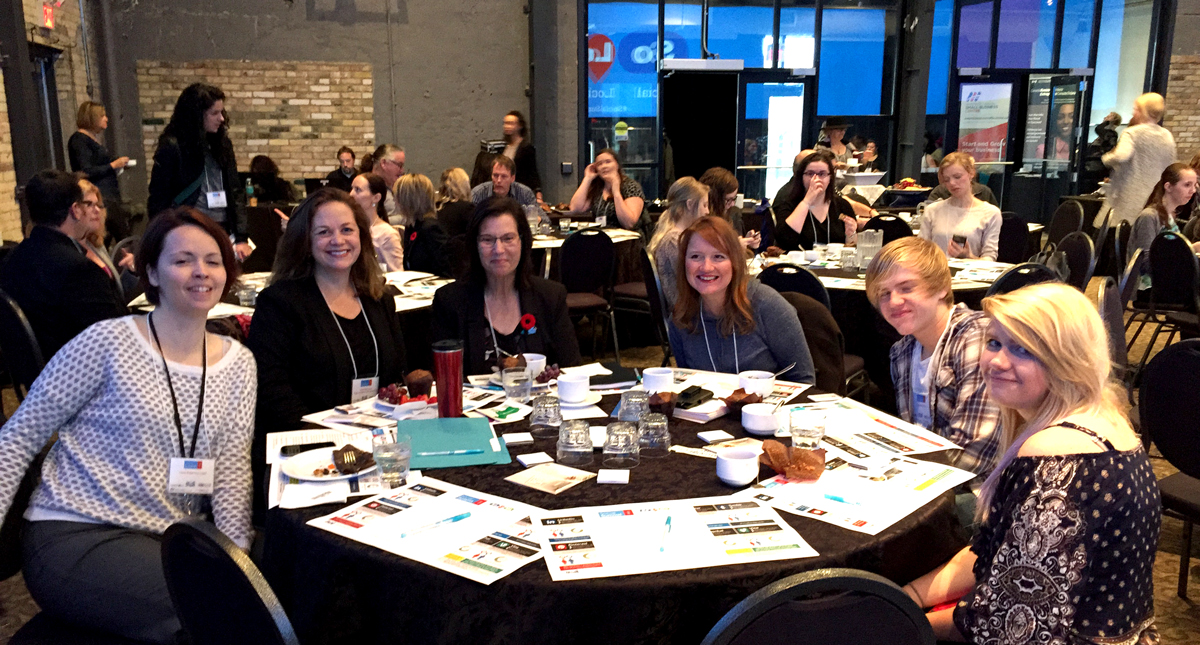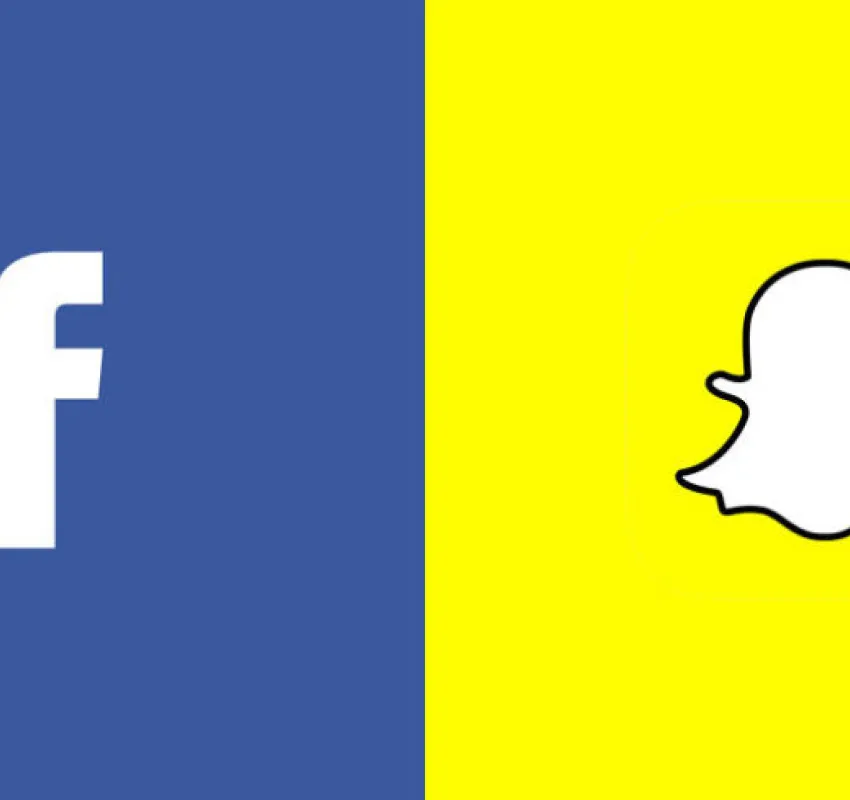Share

You’re in the biggest rush since gold was discovered in the Yukon and you are walking through the mall when you receive a text message. You only have a half an hour to get home, and you need to pick up soccer socks for your daughter, before driving over to another plaza to pick up new winter car mats. You reluctantly pull your phone out of your pocket, hoping this message is from your other half, telling you the task of the socks or the mats - please just one - are done.
Instead, it’s a notification from the shopping list app on your phone, automatically checking the list you made earlier in the week, and telling you the store you are walking past right now, just happens to have a deal on car mats today (who knew Rock Bottom Carpets sold car mats???)!!
Thirty minutes later, you’re happily at home with soccer socks in hand, having spent $20 less than you were planning to spend on car mats, and the owner of Rock Bottom Carpets is happy to have a new customer. Seem like a ‘pipe dream’? Not anymore. The flyers stuffed into your mailbox will eventually come to the same end as the phone books which used to arrive on your doorstep. Social, local, mobile marketing has arrived. And gone will be the days when you have to keep advertisers at bay with “no junk mail” signs on your door.
The ‘future’ of SoLoMo - Social, Local, Mobile - is here and at a recent SoLoMo event hosted by Mad Hatter Technology, the convergence of social, local, and mobile technology was defined as one which will dominate and shape the next generation of marketing.
With any shift in technology, it takes time for users to adapt and for marketers to leverage the possibilities. In this case, the mobile users are way ahead of the game and waiting for marketers and brands to catch up. Mad Hatter Technology agency director Melanie Witzell puts it simply; “Consumers want to be engaged on mobile, they are waiting to be engaged on mobile, and they will give you permission to engage on mobile.”
This localized brand experience has already been technologically possible for years, but while generalized consumer platforms such as FourSquare and Yelp!! took centre stage on early localization apps, brand managers and marketers had yet to fully understand how they could leverage this new technology specifically for their own brand engagement. In iOS, iBeacon technology allows mobile app developers to leverage Apple’s version of “geofencing”.

Google calls their open source version of location based framework and technology “Eddystone”. These frameworks allow developers to build an app with discrete regions defined in it, and when a user enters one of those regions, the app can be launched in the background and begin to initiate geolocate functions and notifications.
“The technology is easy” says Melanie Witzell, “The challenge is leading with brand strategy inspired by creativity and executing ideas for digital engagement experiences which will be highly valued by the consumer so you have staying power.”
Once the app is launched on the mobile device and the consumer is in the “geo-zone”, a local notification can be sent to the user, to alert them they’ve entered an area of interest. If this experience is executed well by brand marketers, the notification will let them know a product they need, love, or want is on sale; or a location nearby has a brand experience awaiting them. Social, local, mobile is in the moment, at the moment, local to the exact places and spaces consumers are standing, and if they have a good experience - they will share it on social.



